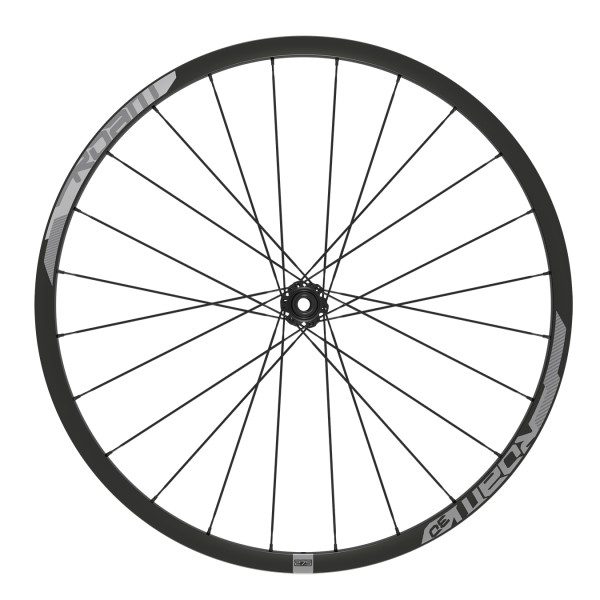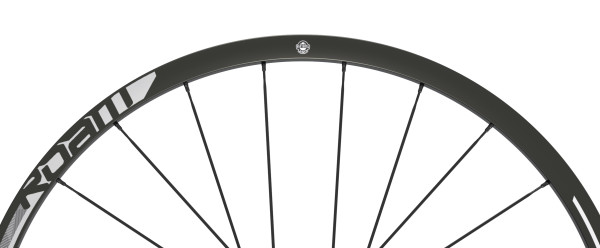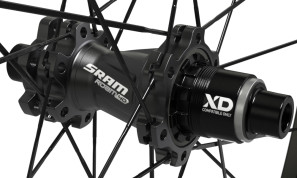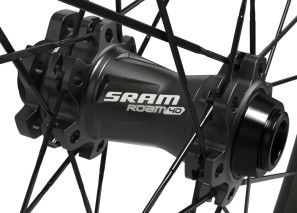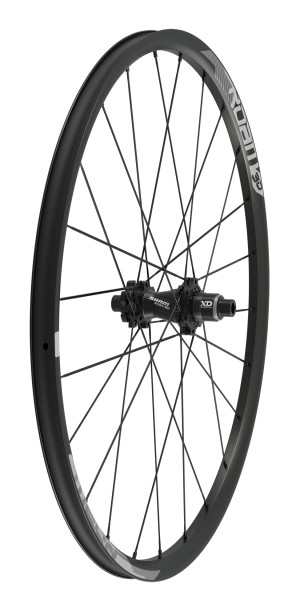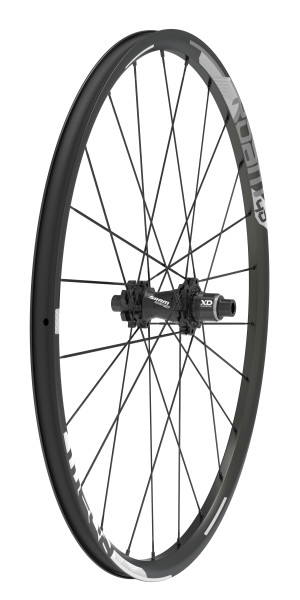Continuing their quest to build the most balanced wheels in mountain biking, SRAM has just introduced their new Roam 30 and 40 wheelsets. Designed for every type of mountain biker, Roam wheels are developed with 5 metrics – weigth, inertial, engagement, stiffness, and durability. Having high marks in one category at the expense of another isn’t what the Roam line is about. Instead, they represent a balanced approach to wheel building and design, and now that they are available in aluminum, Roam 30 and 40 bring some affordability into the mix.
Building off the design of the Roam 60 carbon wheels, the aluminum siblings carry a list of technologies developed by SRAM to offer a perfectly balanced wheel. See what that means after the break…
Counting down from the carbon Roam 60, the Roam 40 is the higher end of the two new aluminum hoops. As far as the rim dimensions are concerned the 30 and 40 have the same design, but there are some key differences. Both rims are nearly identical to the Roam 60 profile with a 21mm height, and 21mm Wide Angle internal width with 25.5mm external measurement. The rim also utilizes SRAM’s Taper Core design which places more material out near the bead to help resit dents from impacts, but the rim walls then taper to a thinner width where more material isn’t necessary. Combined with the asymmetric design, Roam 30 and 40 wheels are built to be all mountain strong, but light enough for trail and XC bikes.
While the rim sport similar dimensions, there are some big differences between the two. For starters, we’re told that the Roam 40 is a UST tubeless compatible rim which means you can run UST tires tubeless, without sealant. Part of that design is likely the fact that the 40 uses a welded rim joint, but the 30’s is pinned and sleeved. Roam 30 wheels are still tubeless compatible, but require rim tape and sealant to make it work.
The other big difference in the wheels comes from the 6-bolt hubs, well the rear hub to be exact. Using the same Double Time 4 pawl, 26 tooth ratchet ring freehub set up as the Roam 50, the Roam 40 has an edge over the Roam 30 wheelset which uses a 2 pawl Double Time Freehub. That means the 40 retains the 52 point contact with 6.9 degree engagement, and the 30 lowers the engagement points to 26 with 13.8 degree engagement. Finally, the last bit of difference from the two wheels comes from the spokes with the 40 receiving upgraded double butted 2.0/1.8/2.0 custom straight pull spokes with alloy taper grip nipples. The 30s still use custom straight pull spokes, but stick with straight gauge 2.0 with brass taper grip nipples.
Otherwise the hubs carry the same technology including SRAM’s Speedball bearings (2 front, 4 rear) which eliminate the need to adjust the hubs. Side Swap symmetrical end caps make switching between 9×100 QR / 9×10 QR OS / 15×100 / 20×110 possible, and easy for the front while the rear is compatible with 10×135 QR / 12×135 / 12×142 axles. Freehub bodies are of course available in SRAM’s XD driver body, or 10 speed SRAM/Shimano.
In order to provide riders with plenty of options, both wheels will be sold in all three wheel sizes, 26, 27.5 and 29″. Retail price is set for $497for a pair of Roam 30s, while the Roam 40s are still quite reasonable at $697. Availability is set for June, 2014.
Weights:
- Roam 40 26″ – 1560g
- Roam 40 27.5″ – 1615g
- Roam 40 29″ – 1695g
- Roam 30 26″ – 1730g
- Roam 30 27.5″ – 1785g
- Roam 30 29″ – 1870g
